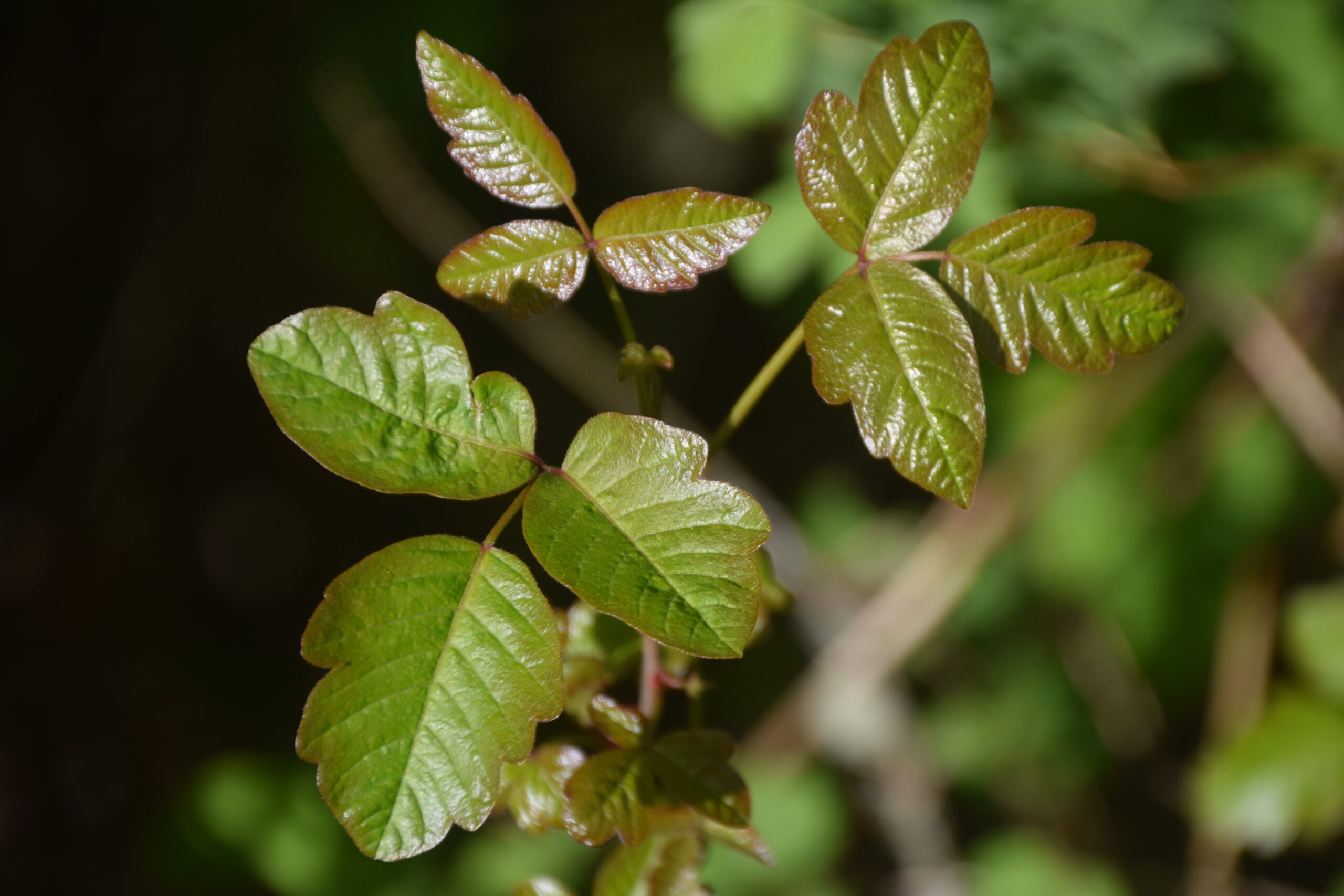Toxicodendron spp. (Anacardiaceae)
Toxicodendron diversilobum
Poison Oak, some people have reactions while others do not.
There are some misconceptions surrounding poison oak. Furthermore, surrounding the ways Native Americans used this plant.
I have great respect and admiration for the Native Americans. As a young adult in college, I began to realize how much of my society was led by the way of life brought over from Europe. I realized that we, as Europeans, were doing an injustice to this land. We have facilitated in the lost knowledge of how to care for the land, and consequently are dealing with the aftermath, i.e. overgrazing pastures, droughts, wildfires, and gross misuse of resources.
That being said, this plant we know as poison oak, was used in many many ways by the native Americas, leading me to believe that very few if any natives that had major allergic reactions to this plant. Or if they did, they were so intuned with the land they knew where it grew, what it looked like, and how to properly process this plant to extract benefits far beyond our comprehension.
In 2006, Rohdora Journal stated, “that some of the historically reported uses of Toxicodendron spp. are highly unlikely given the toxicity of the plant.” The journal also goes on to state that there has yet been a systematic overview of all accounts that would discredit the history of the native uses of Toxicodendron spp.
The purpose of this journal was to hypothesize the actuality of these uses of poison oak and present the findings of research and experiments that were done. I am providing the work cited for those of you who are interested in the results, I however am interested in the historical records on how the natives used this plant.
I went on to read an amazing list of uses by both Native Americans and early European settlers.
Disclaimer: I am not recommending anyone use poison oak in this way, I am simply an interested historic researcher in the ethnobotany surrounding plants native to my home.
Textile productions
Poison Ivy was used to weave baskets, and as a dye for clothes and baskets. It was demonstrated that the resin was obtained from the clippings of young growth and used as a stain. It was recorded that the resin stain would also be used to score in one’s initials on clothing baskets or even bedsheets.
Medicine
Toxicodendron spp was most frequently used for cutaneous affiliations such as boils, swelling, and infections such as ringworm, tuberculosis, and worts. All parts of the pant had benefits and were used in many ways; poultices, decoctions, and extracts.
Cooking
Native Americans used many parts of the plant in food preparation. The leaves were mixed with acorn meal or used to cover the bread while baking. They used it to cover soaproot while cooking, and the twigs were used for spitting salmon steaks. Accounts were made of chewing the leaves like tobacco.
I was always under the impression that everyone gets a rash from poison oak, but in fact, only some do.
It is an allergic reaction like any other. Puffing, swelling, rashes, fevers, the list goes on the worse the reaction is. I have dealt with allergic reactions to many things throughout my life, bug bites, bee stings, and the like all swell up much more than normal on my body. I get heat rashes, and seasonal allergies… almost every season.
But Poison Oak can be a whole other monster to deal with because you are dealing with the plant oil, which can be contagious.
You can get the oils on you from clothes that touch the plant, or by touching an animal that has brushed up against it.
This apothecary column is all about learning how to treat everyday ailments with plant medicines, but that being said, there are times that I stick to the over-the-counter medications.
When someone is dealing with a severe allergic reaction there are a few steps to follow when treating poison oak.
Cleaning
The rash must be washed with over-the-counter poison oak soap. Anything fabric must be washed immediately. The oils left on any fabric surface can re-infect another area on one’s body. The soap will remove the oil and dry out the skin.
Soothe
Colloidal Oatmeal baths will help soothe the rashes and continue to dry out the oils. Calamine lotion or Benadryl lotion will ease any itching.
Relieve
If you are experiencing any allergic reactions past a rash, i.e. swelling, fever, shortness of breath, then allergy medication is used to relieve these symptoms. An allergic reaction is when your body is having an overreaction to something, usually when it’s not needed. You want to take allergy medication to give your nervous system a rest and then the healing can begin.
Cited Works
Senchina, David S. “ETHNOBOTANY OF POISON IVY, POISON OAK, AND RELATIVES (TOXICODENDRON SPP., ANACARDIACEAE) IN AMERICA: VERACITY OF HISTORICAL ACCOUNTS.” Rhodora, vol. 108, no. 935, 2006, pp. 203–227. JSTOR, www.jstor.org/stable/23313744. Accessed 26 Oct. 2020.
Photo by James Whitney on Unsplash


